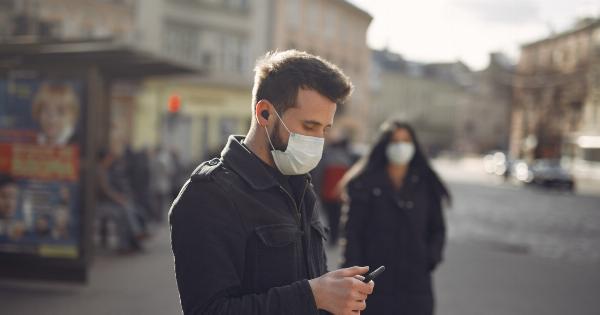Tuberculosis (TB) is a bacterial infection that primarily affects the lungs but can also target other parts of the body such as the kidneys, brain, and spine.
This potentially deadly illness spreads through the air when an infected person coughs or sneezes, and it is easily spread in confined spaces such as prisons and other institutions. For this reason, TB is a significant public health concern in marginalized populations such as inmates in correctional facilities, those who are living with HIV, and people who use drugs.
TB in Incarcerated Populations
Incarceration is a known risk factor for TB, as prisons and jails are notoriously overcrowded with poor ventilation. This leads to increased transmission of TB among inmates, particularly among those who are in close proximity to one another.
Additionally, many incarcerated individuals have other health conditions that make them more vulnerable to TB, such as weakened immune systems and a history of substance misuse.
According to the World Health Organization (WHO), the rate of TB in prisons is up to 100 times higher than in the general population.
This is a significant concern, as prisons are often “incubators” for infectious diseases that can spread to the wider community upon release. In the United States, the incidence of TB in correctional facilities is approximately five times higher than in the general population.
Efforts to control TB in correctional facilities include active case-finding, prompt treatment, and rigorous infection control measures.
However, these efforts are often insufficient due to limited budgets, high staff turnover rates, and a lack of political will to prioritize the health of incarcerated individuals.
TB in HIV-positive Populations
Individuals who are living with HIV are also at an increased risk for TB. This is because HIV weakens the immune system, making it more difficult for the body to fight off TB bacteria.
In fact, TB is the leading cause of death among people living with HIV worldwide.
According to the Centers for Disease Control and Prevention (CDC), people with HIV are approximately 20-30 times more likely to develop TB than those who are HIV-negative.
This is a significant concern, as approximately 10% of people living with HIV globally are co-infected with TB. Co-infection with TB and HIV often leads to more severe TB disease and a higher risk of mortality.
Prevention and treatment of TB in HIV-positive individuals involves regular screening for TB, prompt treatment for latent TB infection, and early initiation of TB treatment if active disease is present.
Additionally, HIV treatment can improve immune function and reduce the risk of TB and other opportunistic infections.
TB in Substance Using Populations
People who use drugs, particularly injection drug use, are also at an increased risk for TB. This is due to a variety of factors, including weakened immune systems, poor nutrition, and increased risk of exposure to TB in communal living settings.
According to the WHO, people who use drugs are up to 26 times more likely to develop TB than the general population. Additionally, TB is a significant cause of morbidity and mortality among this population.
Addressing the TB epidemic among people who use drugs is a complex issue that requires a comprehensive approach that addresses both TB and substance misuse.
Prevention and treatment of TB in substance using populations involves a combination of screening, treatment for latent TB infection, and direct observation of TB treatment to ensure adherence.
Additionally, harm reduction strategies such as needle exchange programs and opioid substitution therapy can improve overall health and reduce the risk of TB and other infectious diseases.
Conclusion
TB is a significant public health concern in marginalized populations such as incarcerated individuals, those living with HIV, and people who use drugs.
Efforts to control TB in these populations require a comprehensive approach that addresses social determinants of health, such as poverty and limited access to healthcare, as well as the underlying health conditions that increase the risk of TB.
Prevention and treatment of TB in these populations require a combination of strategies, including active case-finding, prompt treatment, rigorous infection control measures, and harm reduction strategies.
Additionally, political will and funding must be directed towards addressing the underlying social and structural factors that contribute to the TB epidemic in marginalized populations.





























